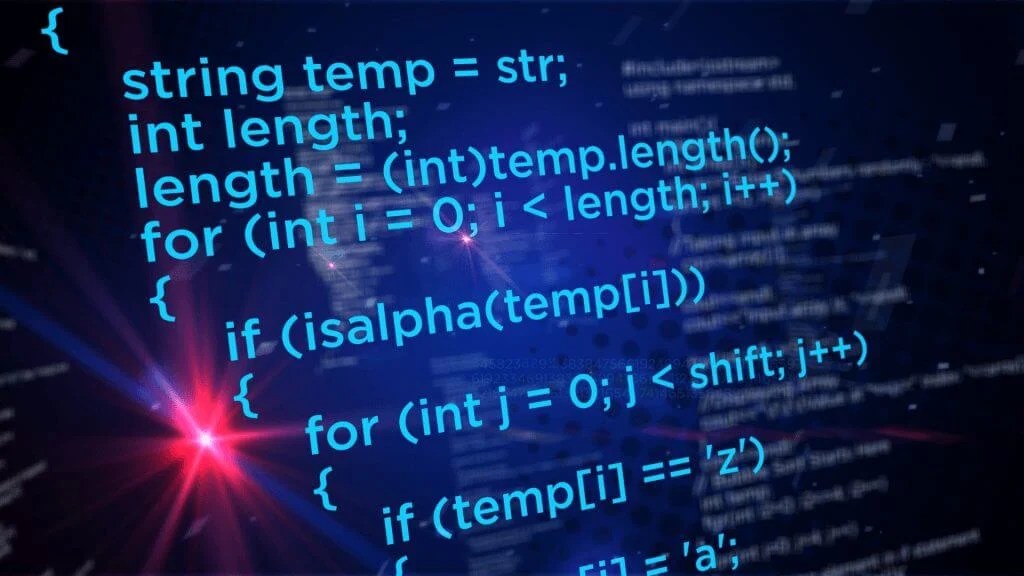Transfer learning is explained, and the advantages and disadvantages are summed up. Types of transfer learning in NLP are summed up, and a list of the top models commonly used for transfer learning...


Transfer learning is explained, and the advantages and disadvantages are summed up. Types of transfer learning in NLP are summed up, and a list of the top models commonly used for transfer learning...

What is MinHash? MinHash is a technique for estimating the similarity between two sets. It was first introduced in information retrieval to evaluate the similarity between documents quickly. The...

What is SimHash? Simhash is a technique for generating a fixed-length "fingerprint" or "hash" of a variable-length input, such as a document or a piece of text. It is similar to a hash function and...
![How To Implement Fuzzy String Matching [4 Ways In Python]](https://i0.wp.com/spotintelligence.com/wp-content/uploads/2023/01/fuzzy-logic-hot-cold.jpg?fit=1024%2C1024&ssl=1)
This article discusses one of the most valuable tools when analysing textual data in natural language processing — fuzzy string matching. We first discuss what it is, its typical applications and...
![How To Implement Abstractive Text Summarization In Python [2 Ways]](https://i0.wp.com/spotintelligence.com/wp-content/uploads/2022/12/summarization.jpg?fit=1024%2C576&ssl=1)
Abstractive text summarization is a valuable tool in Python when working with large documents, or you quickly want to summarize data. In this article, we discuss applications of abstractive text...

This list covers the top 7 machine learning algorithms and 8 deep learning algorithms used for NLP. If you are new to using machine learning algorithms for NLP, we suggest starting with the first...

This article covers reinforcement learning and its application in natural language processing (NLP). It also covered the latest developments in the field, a discussion on whether you should start...

This is a complete guide on utilising NLTK to build a whole preprocessing pipeline. Take the time to read through the different components so you know how to start building your pipeline. What is an...
![How To Implement Bag-Of-Words In Python [2 Ways: scikit-learn & NLTK]](https://i0.wp.com/spotintelligence.com/wp-content/uploads/2022/12/bag-of-words.jpg?fit=960%2C540&ssl=1)
In this guide, we cover how to start with the bag-of-words technique in Python. We first cover what a bag-of-words approach is and provide an example. We then cover the advantages and disadvantages...
![Text Classification: How To In Python [Best 2 Ways Machine Learning & Deep Learning]](https://i0.wp.com/spotintelligence.com/wp-content/uploads/2022/12/random-forest.jpg?fit=960%2C540&ssl=1)
Text classification is an important natural language processing (NLP) technique that allows us to turn unstructured data into structured data; many different algorithms allow you to do this, and so...

Text similarity is a really useful natural language processing (NLP) tool. It allows you to find similar pieces of text and has many real-world use cases. This article discusses text similarity, its...

What is text generation in NLP? Text generation is a subfield of natural language processing (NLP) that deals with generating text automatically. It has a wide range of applications, including...
![How To Translate Text In Python [Best 2 Ways APIs & Libraries]](https://i0.wp.com/spotintelligence.com/wp-content/uploads/2022/12/translate-python.jpg?fit=1024%2C576&ssl=1)
This guide covers how to translate text in Python. Machine translation is a prominent natural language processing (NLP) application that is not very straightforward. We start by covering what is...

What is sentence embedding? Sentence embedding is a technique for representing a natural language sentence as a fixed-length numerical vector. The goal is to encode the semantic meaning and content...
![How To Implement Sentiment Analysis In Python [Best 5 Tools: TextBlob, Vader, NLTK, BERT, SpaCy]](https://i0.wp.com/spotintelligence.com/wp-content/uploads/2022/12/sentiment.jpg?fit=1024%2C576&ssl=1)
Several powerful libraries and frameworks in Python can be used for sentiment analysis. These libraries will be covered below. The code examples of using the various libraries will be covered at the...

What is topic modelling? Topic modelling is a technique used in natural language processing (NLP) to automatically identify and group similar words or phrases in a text. This lets us figure out the...

What is stemming? Stemming is the process of reducing a word to its base or root form. For example, the stem of the word "running" is "run," and the stem of the word "swimming" is "swim." Stemming...
![How To Implement Keyword Extraction [3 Ways In Python With NLTK, SpaCy & BERT]](https://i0.wp.com/spotintelligence.com/wp-content/uploads/2022/12/POS-tagging.jpg?fit=960%2C540&ssl=1)
What is Keyword extraction? Keyword extraction is figuring out which words and phrases in a piece of text are the most important. These keywords can be used to summarise the content of the text. A...

Get a FREE PDF with expert predictions for 2025. How will natural language processing (NLP) impact businesses? What can we expect from the state-of-the-art models?
Find out this and more by subscribing* to our NLP newsletter.